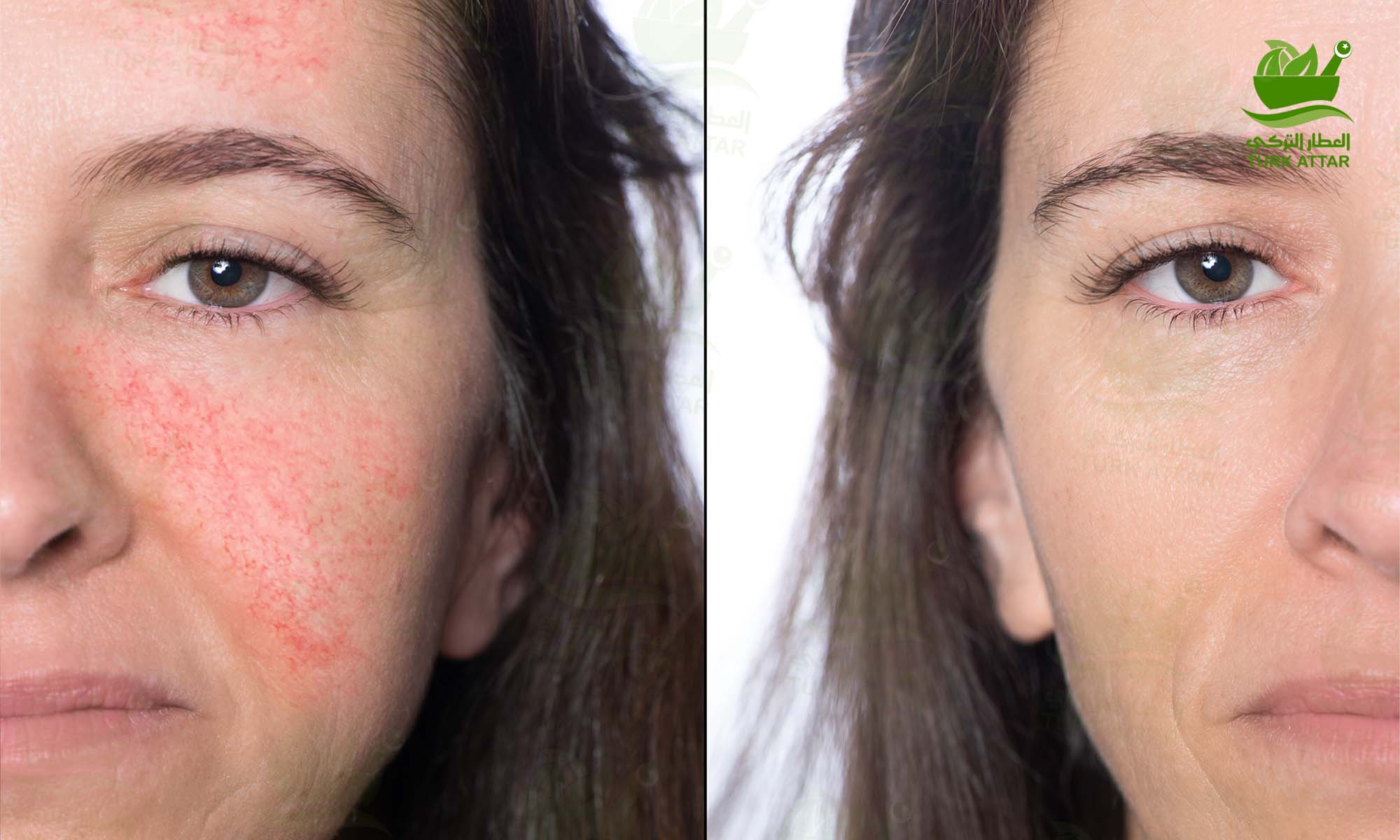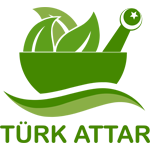
This disease, which is especially effective in spring, manifests itself in the form of pinkish spots and roses on the abdomen and face. After this stain, dandruff and smaller spots appear on the skin in that area. Rosacea, which is not contagious, can usually be treated.
What is Rosacea?
Rosacea is a skin condition that causes redness and red pimples in the face area. In the advanced stages, it may spread to the chest and back region. Rosacea is a skin disease especially seen in fair-skinned people.
Rosacea, which is more common in women, usually affects middle-aged people. While Rosacea causes redness in the face and body, it also causes blood vessels to become more prominent. Since Rosacea usually occurs in the face area, it also causes an aesthetically bad appearance. The harmful effects of the sun, environmental pollution, stress and cold weather also affect the incidence and course of this disease.
This disease, which is especially effective in spring, manifests itself in the form of pinkish spots and roses on the abdomen and face. After this stain, dandruff and smaller spots appear on the skin in that area. Rosacea, which is not contagious, can usually be treated.
Reasons
Causes of Rosacea (Rose Disease)
The exact cause of rosacea is not known, but it is thought that there are some conditions that can cause the disease. Rosacea can also be caused by skin mites, fungi, psychological factors or deterioration of the connective tissue under the skin. Apart from this, it is thought that rose disease may develop due to the following reasons:
Hot drinks
spicy food
Alcohol consumption
extreme temperature
sunlight or wind
Stress
Exercise
Cosmetics
mites
Symptoms
What are the Symptoms of Rosacea (Rose Disease)?
The symptoms of rosacea can vary greatly from person to person. A sunburn-like rash may occur on the body or face area of a person with rosacea. Sometimes the swelling may look like acne, burning or stinging. Apart from this, the following symptoms can be seen in rose disease:
burning or pain
dry skin
change in skin color
Prominence in veins
Acne-like formations
skin thickening
Facial swelling (edema)
Enlargement and change of shape of the nose as a result of the expansion of the oil channels in the nose
Symptoms include skin rashes on the neck, chest, scalp, or ears.
Diagnostic Methods
Rosacea (Rose Disease) Diagnostic Methods
There is no specific test for the diagnosis of rosacea.
Your doctor can diagnose your lesions by examining your lesions during the physical examination. However, some blood tests may be requested to rule out other diseases such as acne, psoriasis, eczema or lupus that have similar symptoms to rosacea.
